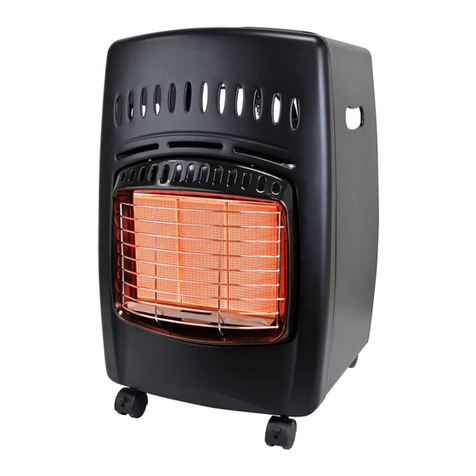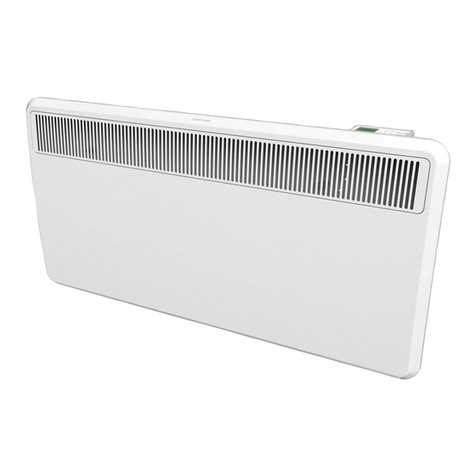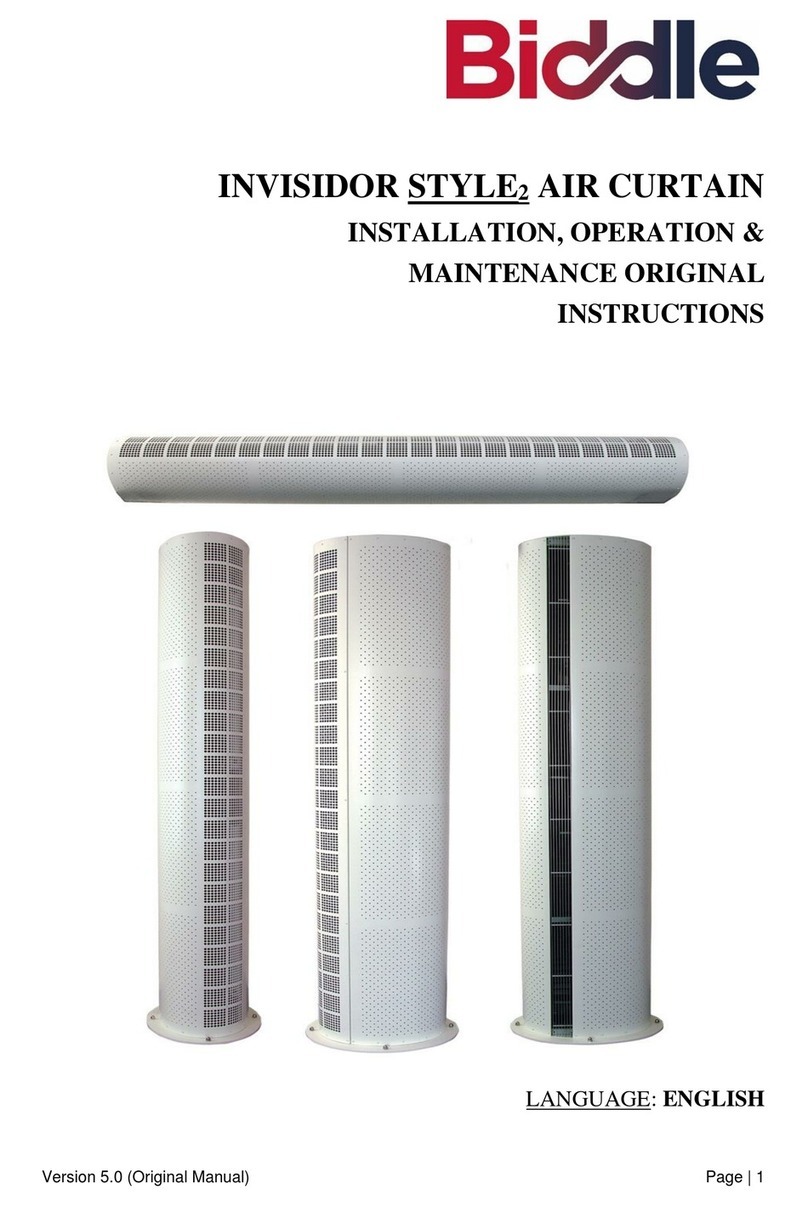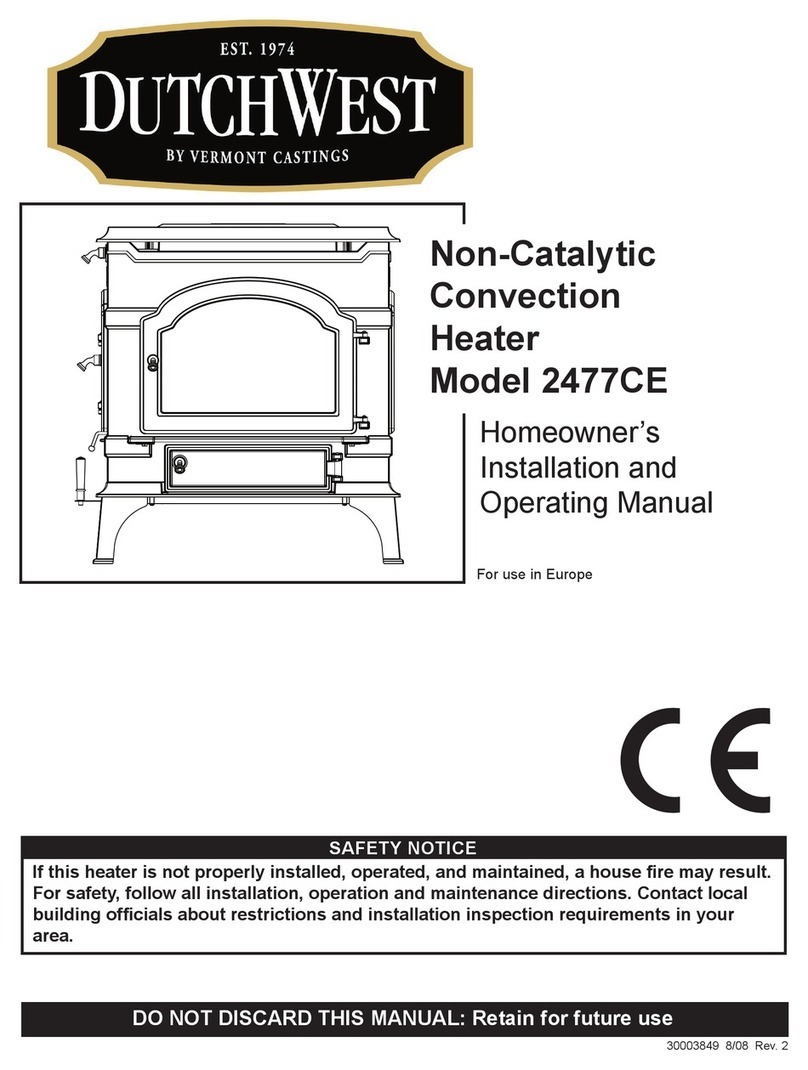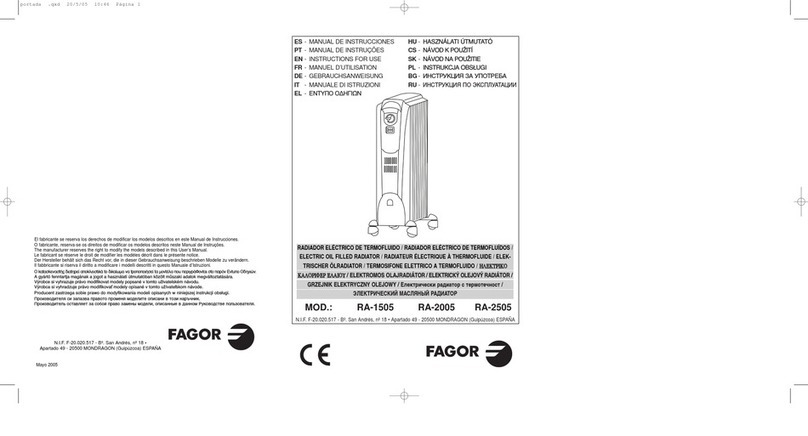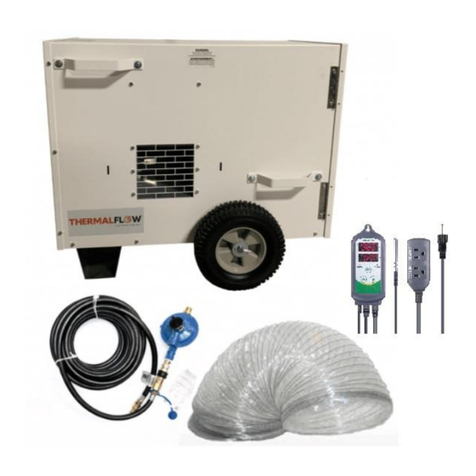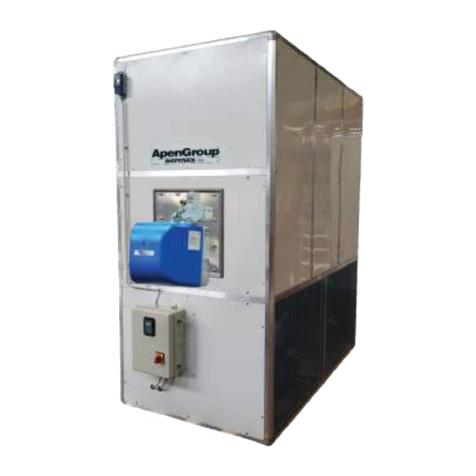Limitations of Liability
Talbott’s Biomass Energy Systems Ltd cannot accept liability for damage caused by
-Failure to follow manual instructions
-Failure to operate appliance within its design parameters
-A direct result of misuse or neglect in the manufacturers opinion
-Accidental damage to components
-Unauthorised retrofitting without manufacturers written approval
-Use of non-original replacement parts
-Failure of any component as a result of consequential damage by either
neglect or abuse
-Failure to comply and properly maintain and service the equipment
according to the manufacturer’s instructions and recommendations.
-Theft/attempted theft, fire, lightning, aircraft, flood, explosion or other
unwarranted acts
- Maintenance or repair work carried out during the warranty period by
parties other then the manufacturer or staff authorised by the
manufacturer.
- Incorrect translation of this manual
Warranty Terms and Conditions
1. All components stated are where applicable and as manufactured by Talbott’s
Biomass Energy Systems Ltd.
2. Items (*) are valid for a period of 6 months and are subject to the equipment being
used in accordance with the design parameters and recorded recommended
operating temperatures of your system as set when the appliance was
commissioned.
3. All warranty items only qualify for a claim if in our opinion the equipment has been
used within its design parameters as set out in the operations manual.
4. A warranty claim will not be valid if in the manufacturer’s opinion the component
concerned failed as a direct result of misuse or neglect.
5. If a component covered by warranty fails as a result of accidental damage this
will be classified as neglect and therefore a claim will not be valid.
6. Failure of any component as a result of consequential damage by either neglect
or misuse will not be classified as a valid warranty claim.
7. Failure to comply and properly maintain and service the equipment according to
the manufacturer’s instructions and recommendations will void the warranty and
will be classified as neglect.
8. The warranty does not cover components damage as a result of theft/attempted
theft, fire, lightning, aircraft, flood or explosion damage or other unwarranted
acts.
9. NO FUEL SHOULD BE BURNT OTHER THAN AS SPECIFIED IN THIS
MANUAL. The fuel must not contain halogenated organic compounds or heavy
metals as a result of treatment with wood-preservatives or coatings.
A Full list of Talbot’s Biomass Energy Systems Ltd General Terms and Conditions is
available upon request

